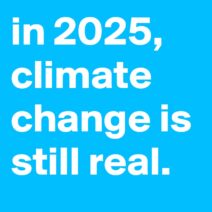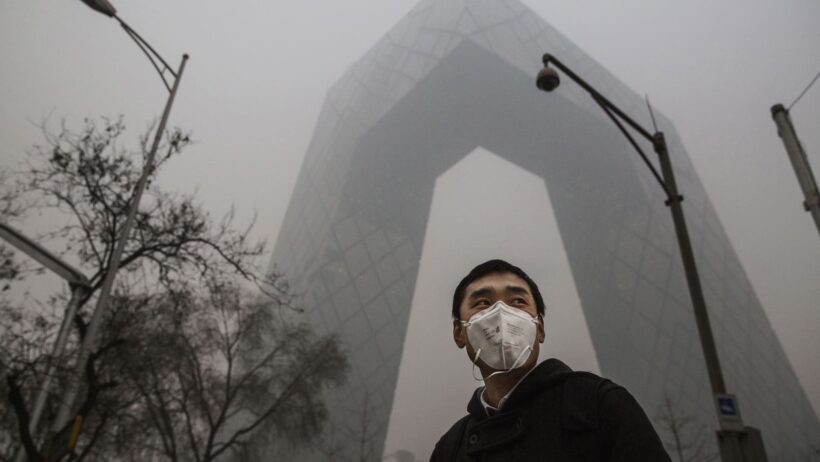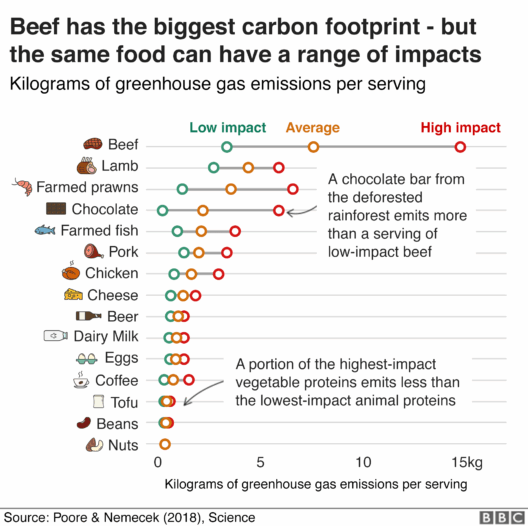The Paris Climate Agreement is often heralded as a landmark accord, uniting nearly every country in a common cause against climate change. However, after almost a decade since its inception, one cannot help but ponder: Is the Paris Climate Agreement truly effective, or is it merely wishful thinking encapsulated in ambitious words? This inquiry opens up a plethora of considerations, spanning from scientific benchmarks and international cooperation to grassroots activism and economic realities.
First, let us delve into the central aims of the Paris Agreement. Established in December 2015, its core objective is to limit global warming to well below 2 degrees Celsius above pre-industrial levels, while striving for a more ambitious target of 1.5 degrees Celsius. Achieving these goals necessitates radical reductions in greenhouse gas emissions, coupled with a comprehensive approach encompassing mitigation, adaptation, and finance. Yet, as the years progress, the gap between ambitions and actions remains a contentious focal point.
To assess the effectiveness of the Agreement, one must scrutinize the progress on national commitments, known as Nationally Determined Contributions (NDCs). Countries have robustly pledged to mitigate climate change impacts through various strategies—ranging from transitioning to renewable energy sources to enhancing energy efficiency. However, recent analyses reveal that, collectively, these commitments are insufficient. The United Nations Environment Programme (UNEP) reports that even with current pledges, the world is on track for a temperature increase of approximately 2.7 degrees Celsius by the end of the century. This leads us to question whether the Agreement has devolved into a series of hollow promises lacking the necessary urgency.
Furthermore, consider the financial dimension inherent in the climate dialogue. Developed nations agreed to mobilize $100 billion annually by 2020 to support developing countries in both mitigation and adaptation efforts. However, actual funding levels have fallen short of this pivotal benchmark. A failure to fulfill these financial commitments not only hinders progress in less affluent nations but also diminishes the credibility of the Agreement itself. It begs the question: How can nations expect to combat a global crisis if they cannot even adhere to their own fiscal responsibilities?
As we traverse the landscape of international politics, another layer emerges. Illustratively, nations such as the United States and Brazil have oscillated between commitment and withdrawal from the Agreement, influenced by regime changes and domestic politics. This inconsistency raises a critical challenge. When leadership falters amid political fluctuations, the Agreement’s longevity and efficacy are brought into severe question. How can there be a collective effort when some participants may retreat from their obligations at the first sign of political turmoil?
In contrast, the grassroots initiatives and local actions proliferating around the globe present a beacon of hope. Youth-led movements, particularly, have gained momentum, compelling administrations to act more decisively and robustly. The fervor exhibited by these activists has prompted a reassessment of climate policies across nations and catalyzed dialogue on sustainability in communities worldwide. While this grassroots momentum is heartening, reliance on volunteerism and appeals to moral responsibility may not suffice to effect substantive change. Might this grassroots activism serve as a counterbalance to slow-moving governmental entities, or will it remain an aspirational movement lacking in requisite institutional support?
A crucial aspect of evaluating the Agreement’s effectiveness includes examining technological advancements in renewable energy and carbon capture mechanisms. Innovatively, countries are increasingly investing in technologies that promise to decarbonize economies efficiently. The exponential growth of solar, wind, and battery storage technologies indicates a potentially transformative pathway towards a sustainable future. However, skepticism persists. Are these technological solutions adequately scaling fast enough to bridge the emissions gap? Or are they simply a crutch that delays decisive action while potentially lulling societies into a false sense of security?
Moreover, behavioral economics plays a significant role in climate action. Individuals and organizations alike often exhibit a tendency toward procrastination in addressing climate-related concerns. Despite awareness, actions lag behind. The persistent challenge remains: how to cultivate a sense of urgency and responsibility among the general populace? This isn’t simply about disseminating information; it involves reshaping societal values and normativity around sustainability in everyday decisions. Can behavioral shifts translate into substantial policy changes, or are they forever destined to exist in a parallel realm untouched by legislative clout?
Amid all these reflections, one must confront the undeniable reality of climate change itself. The implications of inaction are dire: natural disasters, loss of biodiversity, and adverse health consequences loom ominously on the horizon. In the face of such existential threats, one may argue that the Paris Agreement is essential—even if imperfect. It fosters a framework for collaboration, encourages transparency, and establishes a shared accountability among nations.
In closing, the question of whether the Paris Climate Agreement is working or merely wishful thinking elicits a matrix of differing perspectives. While there are notable successes, such as increasing global awareness and the rise of renewable technologies, significant gaps persist in achieving its ambitious goals. The critical challenge lies in aligning political will, financial commitments, grassroots activism, and technological innovation towards a common purpose. What is clear is this: the journey has only just begun, and the stakes have never been higher. Will the world rise to meet this colossal challenge, or will the Paris Agreement become a monument to unfulfilled promise? Time will tell, but decisive action is imperative now more than ever.






